Today, we look at the Fiio FX17, the company’s new tribrid In-Ear Monitor. It’s selling for $1,499 USD.
FiiO
If you haven’t heard of FiiO (perhaps you haven’t?), check out their store here. I don’t think we need to introduce them anymore.
They now manufacture a wide range of portable and desktop audio products, striving for competitiveness in all their fields of operation.
I admire their dedication. Their track record speaks for itself.
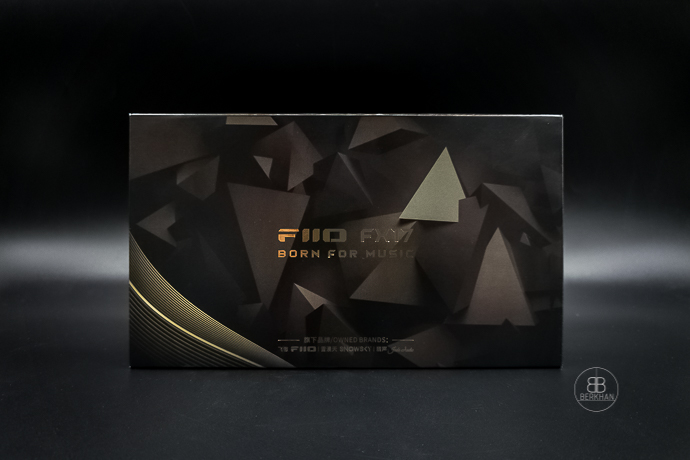
In 2023, we posted the review of the previous FX series IEM, the FX15, as follows. It was the first Fiio IEM that utilised the EST drivers.
Other than that, we’ve reviewed dozens of Fiio gear over the years, and you can check them out here.
FiiO FX17
The Fiio FX17 is Fiio’s new tribrid flagship monitor. I believe it’s the most expensive Fiio IEM in history, so it has big shoes to fill.
The configuration consists of one dynamic driver, four BA drivers, and eight EST drivers. So this happens to be FIIO’s most complex and busy IEM inside, ever.
In terms of its IEMs, Fiio continues to push forward, releasing a substantial number of IEMs each year.
It is a bit difficult to follow their current pace, to be honest, but this IEM is the first-ever attempt in the High-End market.
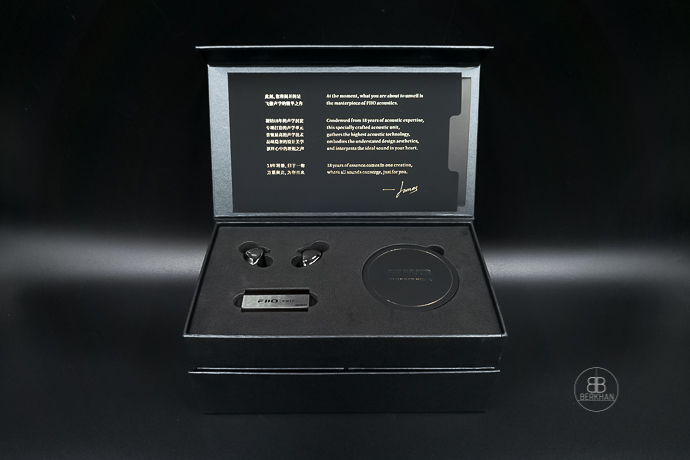
For the dynamic driver unit, Fiio utilizes a 10mm “Large-Sized Lithium-Magnesium Alloy Diaphragm” with a patented “S.Turbo” acoustic tube.
The BA drivers are from Knowles, as usual, and the EST drivers are from Sonion. Overall, each side has a total of 13 drivers. This setup features a five-way crossover design.
A 3d-printed cavity ensures proper placement of each driver unit.
Fiio has dampened the rear air vents to precisely control the airflow and achieve an air-damping balance system between the front and rear cavities of the dynamic driver.
According to Fiio, it enhances the low-frequency depth, resulting in improved clarity for midrange frequencies.
In terms of material quality, the new FX17 has a complete titanium construction. The shells are hand-polished and treated with vapour deposition, which gives the pair a shiny, premium finish.
The IEM is fitted with, according to Fiio, a flagship-grade cable featuring gold, silver, and copper wire cores, as well as MMCX connectors.
It features an interchangeable termination plug design with 2.5mm, 3.5mm, and 4.4mm plugs.
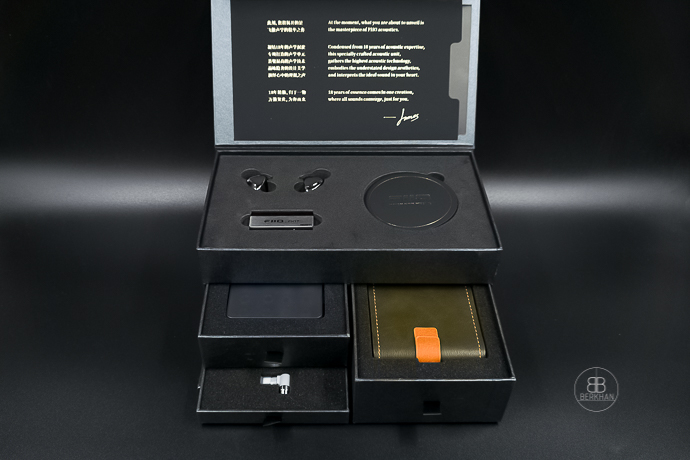
With the new FX17, Fiio has decided not to include any tuning switches, as they did with the FX15, nor any nozzle filters to alter the sound.
I believe this move is the correct one. If you think you have a flagship-grade IEM in your hands and want to sell it to the market, you should be confident that a single tuning will appeal to serious audiophiles.
Changing nozzles or switching tuning knobs/switches is not something I’ve ever done in any time. You usually adjust it to one single setting and leave it be anyway.
Package
The packaging of Fiio products exudes a premium feel and high-end presentation. It comes with an array of accessories, including a luxurious carrying case with a leather and suede texture.
The package is compartmentalised with three drawers containing the case, ear tips, and the cable connectors.
As remarked, the headphone jack is interchangeable, allowing you to switch between the classic 3.5mm jack and the 4.4mm jack, depending on your source device.
Fiio has also added a USB Type-C connector for smartphones.
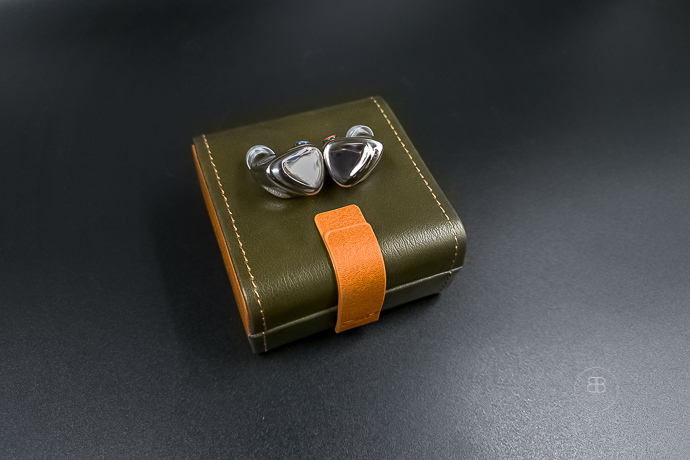
The package includes a whopping assortment of 22 ear tips. Fiio HS18 and HS20 tips are included, along with SpinFit and Fiio’s standard set of 12 tips.
Those consist of foam, silicone and bi-flange tips. Overall, the FX17’s package offers every possible ear tip type available on the market.
It’s simple to identify the tips by their distinct colours. Once you remember which colour corresponds to which tip, you’re good to go.
Fiio has done a great job with the accessories, providing everything you need, including an MMCX tool to make working with the detachable cable easier.
The attention to detail is impressive, resulting in excellent packaging and presentation overall.
Design
The new Fiio FX17 has a straightforward, sleek and premium design. It certainly looks great, and although it’s a departure from Fiio’s recent models in terms of design, I liked this approach more for its simplicity and elegance.
It reflects a more refined language with a smoother showing, differentiating itself from classic Chi-Fi models. Some might say this is a design that is too simple and lacks complexity.
I would agree, but it still looks imposing in person, and I’m not a guy who enjoys crazy or extravagant design languages.
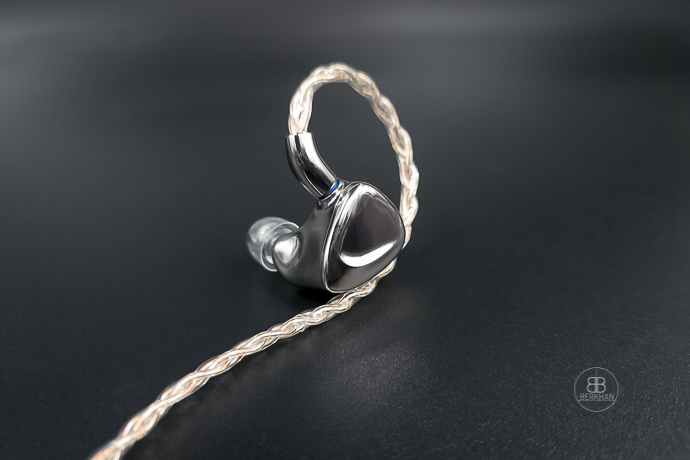
The shiny surface is, of course, prone to scratches and finger smudges, but it’s not as terrible as I feared, and you can use the included soft cloth to wipe those away.
Still, I would advise you to protect and baby these shells as much as possible.
Page 2: Build, Fit, Sound Quality
Page 3: More on Sound, Technical Performance, Comparisons, Conclusion







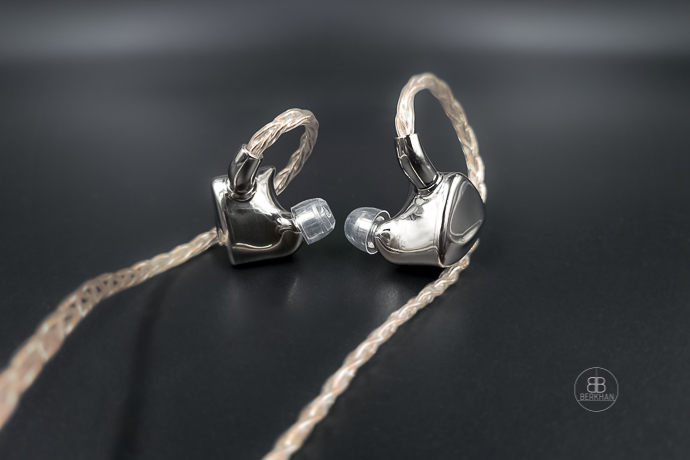

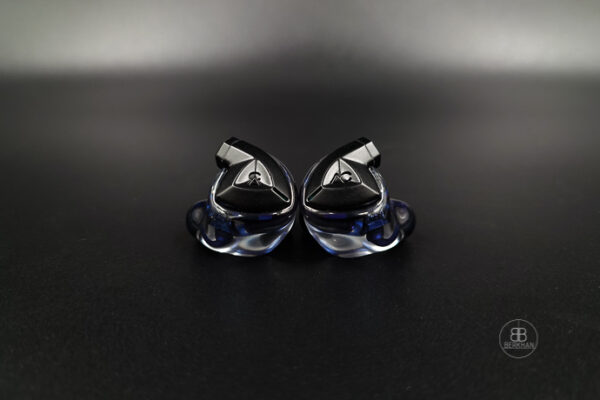
Andrei
Hi! Thank you for your detailed review. I have the fh9 and I was always wondering how good the fx15 are over the fh9. And now, how good the fx17 are. Does the difference in price will be in the sound quality as well? Would it be a day/night difference for me if I go with the fx17? I have the fiio k17 and the btrl7 too. And lately the dm13 cd player,coax connected from time to time to the k17.
Also, may I ask what are some of the most audiophile iems on the market?
Thank you!
anonim
I recommend listening to them on a Chord Hugo TT2 + M Scaler, maybe that way you can hear the deep and correct bass that you say is not ok 😉